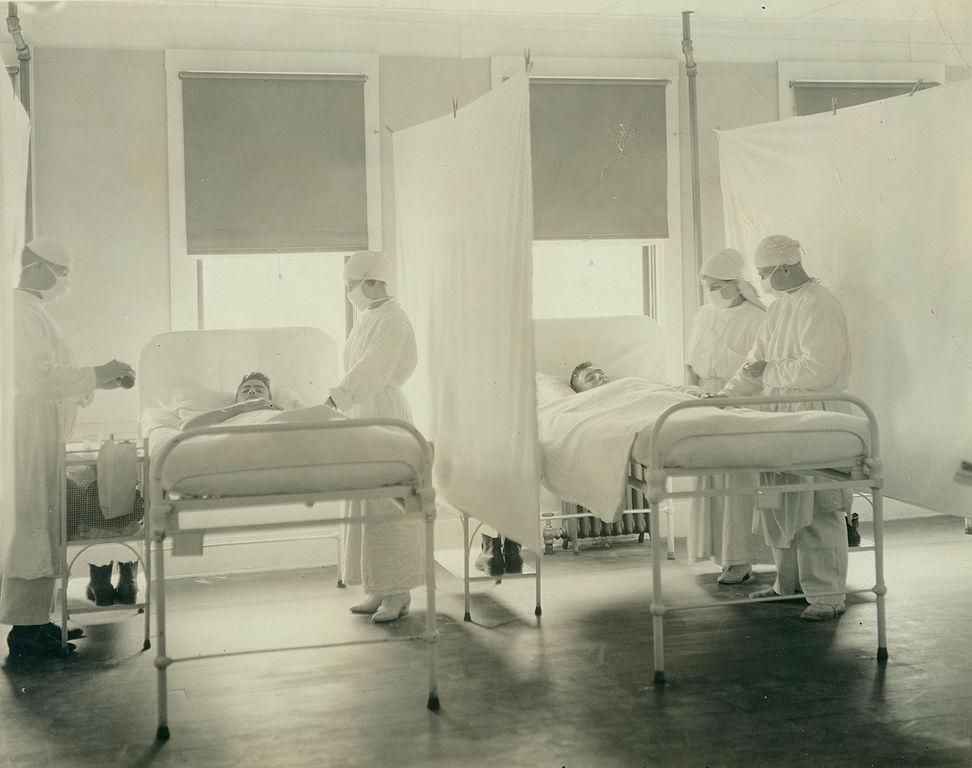People have survived the flu in a time where we had much poorer hygiene, no anti-biotics, no nutritional supplements or drugs.
Again with the "I/we survived" talking points. Ignores the facts in evidence:
The Spanish flu pandemic of 1918, the deadliest in history, infected an estimated 500 million people worldwide—about one-third of the planet's population—and killed an estimated 20 million to 50 million victims, including some 675,000 Americans.
Among many other sources: Spanish Flu
Yeah, some folks survived. It could have wiped out 95% of the world's population and you could still say "People have survived".... I say, yet again since you keep bringing "I/we survived" talking point up, what about the millions that didn't survive. And, could it happen again????












